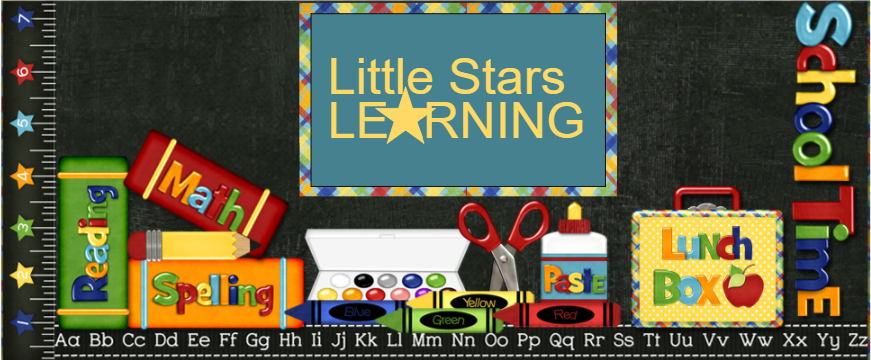There is a huge difference between knowing something and being able to USE information in a continuous learning process. Some information floats around and is picked up as a type of appetizer, nice but not filling and while it serves a purpose, it is not a foundation. Some information is the meat and potatoes that other, important, learning builds upon.
I had a client dad ask a few months ago about his son's ability to identify numbers. "He doesn't seem to know what a 7 looks like."
I kinda blew him off, saying something about his child not needing to know that and I don't teach it.
That conversation sat uncomfortably with me for the rest of the evening and night and I got back to him the next morning.
I had a similar conversation with a mother a few weeks ago. They were at Thanksgiving and her sons' cousin, who is a few weeks older, could identify all of his ABC's. "So, how is [my son] doing on his letter recognition?"
Again, I don't teach that.
This time, however, I was prepared with the better explanation I had given the dad the day after I kinda blew him off with a non-answer.
I explained:
Most preschools teach letter identification, and usually only uppercase letters. They also teach number identification to 10 and a set of primary color names.
Here, I teach functionality. Your child may not be able to identify a 7 as a seven, but he can do one-to-one correspondence counting, even in a scatter group and COUNT to seven. He can COUNT to 20, possibly with some errors, in any manner required. He can simply look at a group of four items and know it is a quantity of four. He can count, with some ability, imperfectly, to 100. At 3 1/2 years old. A person can count without knowing number names. We are working on counting and quantification.
Your child may not be able to label an A as an A, but he can say that both upper AND lowercase Aa's say "ah." Uppercase recognition, when 90% of reading is lowercase letters, has very little functionality. If a person never, ever, learned letter names, they could still learn to read if they knew phonics. I am working on them reading.
Your child, at 3 1/2, can also identify around 12 shapes and colors, and I never stood in front of them and held a lesson and "taught" them anything.
I didn't even get into the fact that these children can pattern [#1 indicator of future math success], sort, graph, etc., which most other preschools are not even attempting to expose their students.
These children have been exposed to, and picked up through environmental, functional, exposure, LIVING experience, these SKILLS. There is no letter of the week, color of the day, flash cards, or expectation of memorization here.
"Can you hand me that WHITE towel, please?"
"Do you want the BLUE or the PURPLE cup?"
"How many kids are here today?"
"How many cars do you have?"
"We are having eggs for lunch, how do you think we would spell EGGS? Let's sound it out. Eh, yep, gg, yep, ssss. Yeah. In this word, eggs has two g's, so it would be E-G-G-S. Eh, g, s. Eggs."
"Which one is your cubby? How do you know? Yes, it's your color, but it also has your name on it. Let's sound it out."
"We have to put your name on your art so I know who it belongs to. How do we spell your name? Let's sound it out."
They all pick up the letter and number names by kindergarten, but knowing their phonics and counting methods means that they are learning numeracy and literacy far earlier than their traditionally "taught" counterpart preschoolers.
BECAUSE:
- Their learning has meaning.
- It has functionality.
- It is important to THEM.
 |
| Graduate of mine who placed in the top 2% INTERNATIONALLY in Math Olympiad |
This is why my kiddos historically leave here for kindergarten reading and doing math at a 2nd grade level.
I think that the ability to read or DO math, is much more important than rote memorization of letter and number names. It's worked so far. Very well.
Knowledge is only powerful if you can USE IT.



















No comments:
Post a Comment
Note: Only a member of this blog may post a comment.